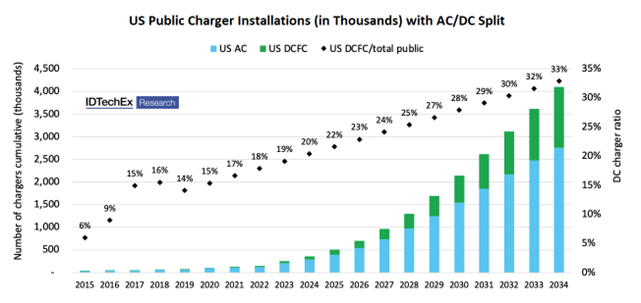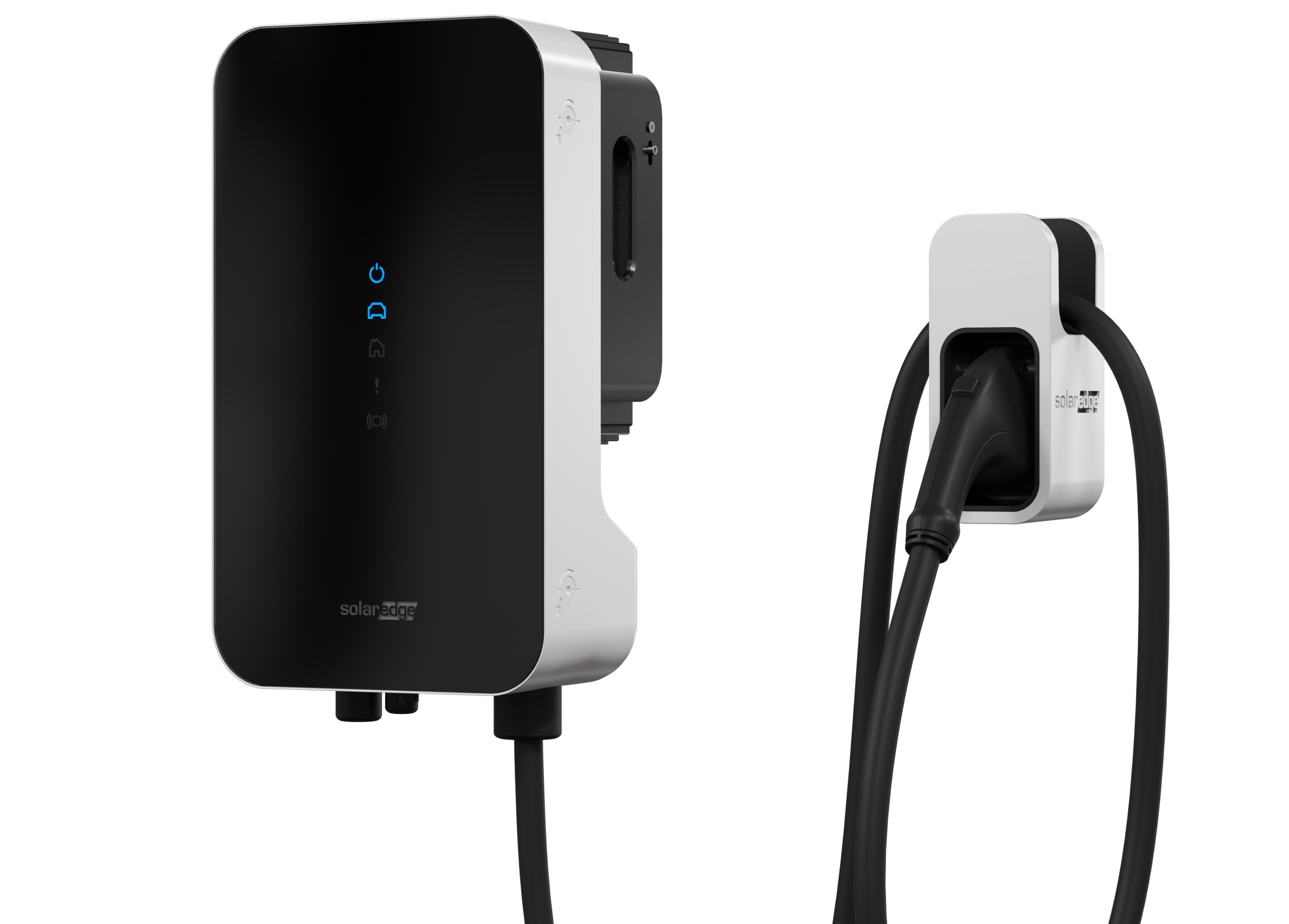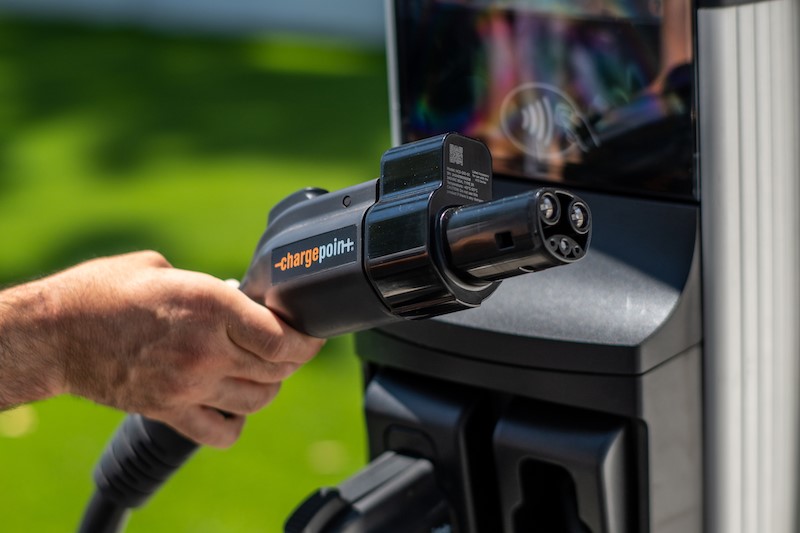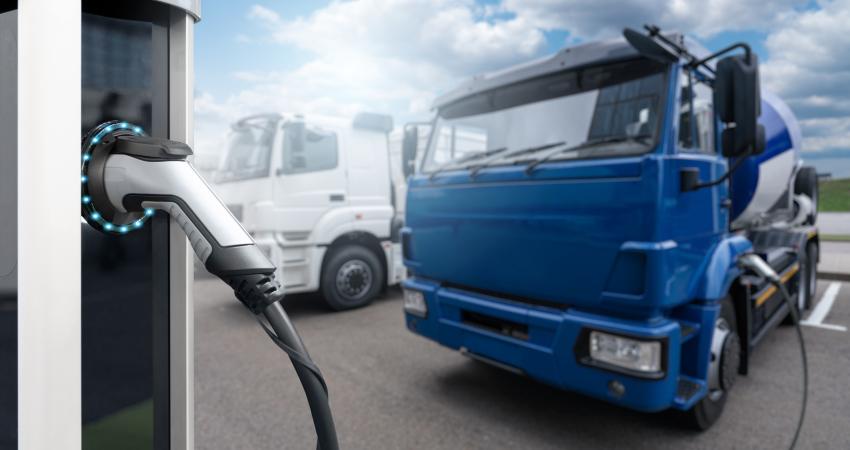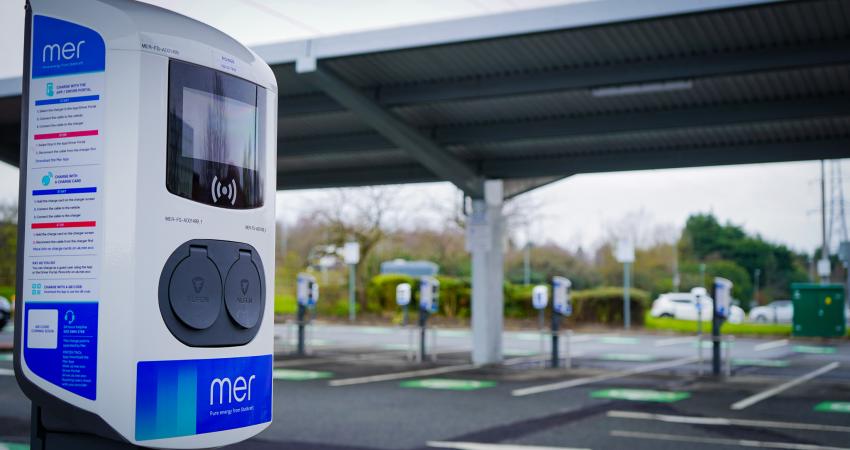
The company is focused on developing next-generation products and software that will transform both hardware and vehicle capabilities, including V2X (vehicle-to-everything) technology. These advancements are expected to reshape home, fleet, and municipal charging, while helping to balance the electrical grid. Automakers are now fully embracing EV charging, with new vehicles offering features like 300+ mile ranges and 800-volt architectures for faster charging.
For EV drivers, reliability is improving significantly. Interoperability issues and aborted charging attempts are becoming things of the past, as “Plug and Charge” technology rolls out. Drivers can now simply plug in, charge, and drive away without extra steps, thanks to automated payments and seamless compatibility between cars and major charging networks. ChargePoint is at the forefront of developing the software and hardware that make this possible.
Software is now central to the charging ecosystem, enabling real-time charger visibility, AI for reliability, and power-sharing capabilities. This shift to “software-defined charging” underscores the importance of cloud-based solutions over traditional hardware.
On the hardware front, costs are gradually declining while functionality increases. For home charging, AC remains the standard, but DC will become more common for vehicle-to-home (V2H) capabilities like solar integration. Public and commercial charging will focus on affordability, with DC fast charging becoming standardized around 50 kW, 200 kW, and 400 kW, depending on the location type.
Advances in EV batteries will further reduce costs and weight, while charging speeds may cap at 600-700 kW for 800V architectures. As charging companies and automakers continue to address early challenges, the focus is shifting toward affordability, reliability, and aspirational features ChargePoint says.



